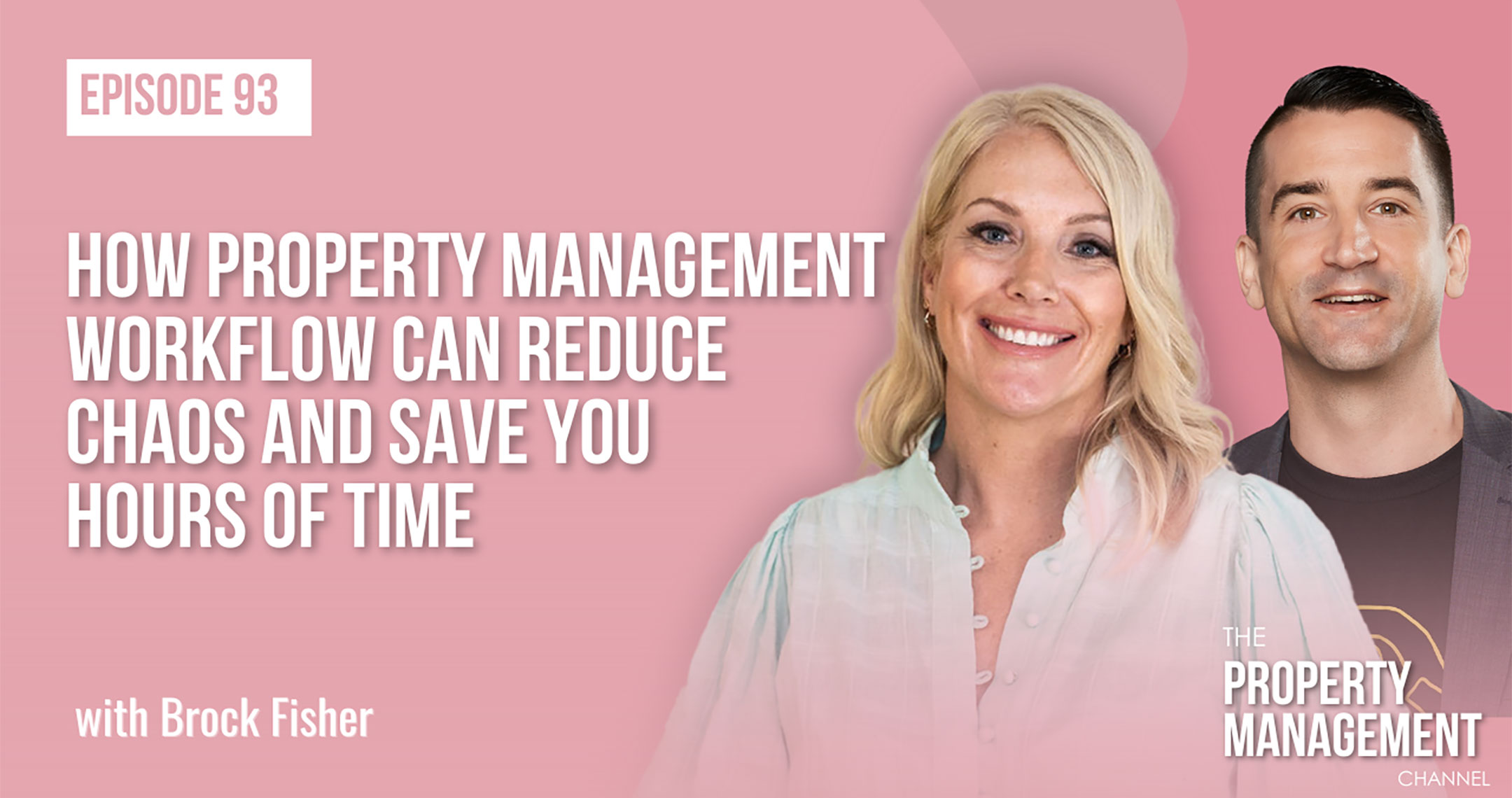
Be on top of your change game | Kolmeo
At Kolmeo, we like to share tips to help you do things differently for the benefit of all your stakeholders. But if you’re running a business that struggles with change, being inspired by our advice might not be enough to make things happen. To help you make the most of new ideas we’re putting out there, here’s our change playbook – five nuggets of wisdom from our Kolmeo team to help you and your team embrace change and help your business thrive.
1. Be conscious of the comfort zone
It’s not really right to use the words ‘comfort zone’ to describe the working life of a property manager. They’re so time poor, comfort really doesn’t come into it. Which is why you should expect at least some resistance if you just come straight out and ask them to do something new and different. Not only does this add one more thing to their to-do list, they’re also moving away from being the expert in their realm. For stressed-out property managers, this added uncertainty can be pretty alarming.
But sticking with what everyone knows, isn’t doing your team, or your business, any favours. Thanks to technology uptake in so many service industries, customer expectations for efficiency and service quality are rising all the time. This brings new challenges to do more with less in property management which can put both revenue and employees under even more pressure. Stepping up to these external forces of change by introducing your own change agenda really is a must. And while these might feel like scary steps into the unknown for your people, change done right can help them do more of the things they like about their job and remove a lot of the dull routine and conflicts that make it harder.
2. Explain the pay off
Knowing this so-called comfort zone exists helps you understand where your team are coming from. And letting them know why the business needs to change is the very first step in getting them on board and heading in the right direction. After all, working for a business that’s doing its best to be competitive and profitable is a win for employees. And if they understand the context and know the end goal – creating value for property managers, owners and tenants – they’re more likely to trust that changes are justified and worthwhile.
With each change you make – whether that’s introducing new technology, or making communication or processes more efficient – spell out just what the ‘pot of gold’ looks like for your team and the people they’re working with. Having a clear idea of this value you’re reaching for can also help you prioritise just what needs to change. Is it financial value that could translate to a healthier profit margin and better remuneration? Or is it about removing a major pain point for owners and tenants, and saying goodbye to a common source for conflict for property managers as a result?
By choosing change on the basis of maximum positive impact, as well as minimal risk, effort and resources required, you and your team get to reap the benefits. And this can give you all an appetite for more change, making it easier to get buy-in for the next one, and the next.
3. Discuss, but be decisive
Another important part of inviting people along on the journey of change is asking them for input and opinions. When you share both the context and the outcome you’re looking for, it opens up a conversation about what you could be doing better. All sorts of ideas can come up and some can be worth putting into the mix with the change you’re trying to make. Plus, your team will feel involved and get to have their say in what’s going on now and the future of the business.
This isn’t to say that change by committee is a good idea. If you’re leading change, be genuine and sincere in collecting opinions and viewpoints but also be clear that you’re the one making the decisions. It helps to know what people are thinking about a change in the business but you don’t need to have consensus to move forward.
4. Celebrate and reward
One further way to get your team more engaged with doing things differently is to give them something to aim for. Making change a success can often take discretionary effort from everybody so it makes sense that they should get something in return. Set milestones for your team that are easy to recognise and measure, and then celebrate together when you reach them. And think about how you can reward your people with more than a pat on the back. A team lunch can work well or a voucher for each member to recognise the effort involved.
To keep you on track towards these milestones, it also helps to check in regularly with people about what’s working and what isn’t with a planned change. Take inspiration from startup culture and have a quick daily huddle to run through what you need to get done and troubleshoot any obstacles.
5. Put it down to experience
If your huddles start to reveal some serious roadblocks, then consider a change of course or even backtracking on the whole thing. Any change comes with risks and it’s better to acknowledge when something hasn’t worked out and cut your losses instead of continuing down a bad path. This is something Pam Styling touched on in our Agency of Change podcast episode with her – she suggests any plan for change in your business should include knowing where the exit point is.
And if a change doesn’t work out, frame it as a learning experience rather than a failure. Exploring new ways of doing things can give you great feedback, whether you achieve what you want to or you don’t. ‘If I succeed I win, if I fail I learn’ is a good way of thinking about it.
Start your change game
As a technology business working with property managers, we get a ringside seat at one of the biggest changes they go through, migrating their business across to an all-new platform for their team, owners and tenants. We know it can make a huge difference to acknowledge that while it won’t be easy, it will be worth it. Be bold, but realistic and you can make things happen.


